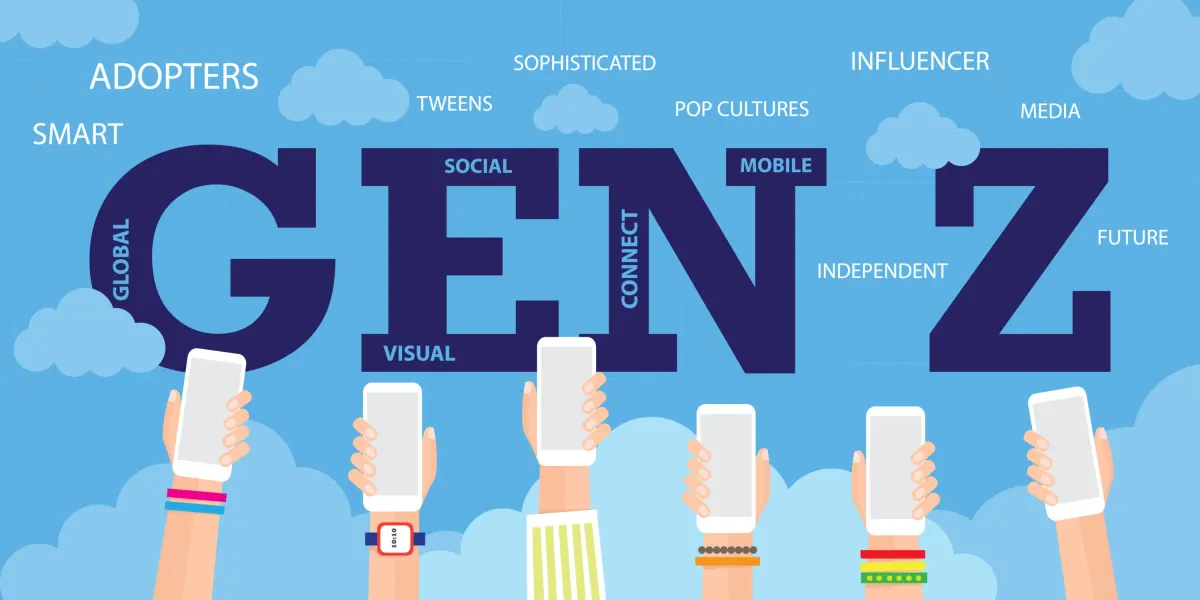AI toys go mainstream: why Agora’s Fuzozo is a marketing case study in trendjacking
From Mattel to Labubu, AI toys are surging—and Agora’s emotionally intelligent Fuzozo shows how brands can turn tech trends into strategic engagement.

AI-powered toys are the latest battleground for consumer engagement, and Agora’s new launch, Fuzozo, shows how to do it strategically.
Following Mattel’s recent partnership with OpenAI and the viral mania around designer toys like Labubu, Agora’s emotionally intelligent collectible doesn’t just look cute—it adapts, evolves, and interacts in real time.
This article breaks down why Fuzozo is more than a product drop—it’s a blueprint for how marketers can capitalize on fast-moving tech trends to create durable emotional connections with digital-native audiences.
Short on time?
Here’s a table of contents for quick access:
- Why AI toys are having a marketing moment
- What makes Fuzozo a next-gen brand play
- What marketers should take away from emotional AI trends

Why AI toys are having a marketing moment
The consumer AI race is moving beyond screens. Mattel’s collab with OpenAI promises chatty Barbies and smart Hot Wheels, while Labubu showed how narrative-driven design can generate viral obsession—even without tech.
Agora, best known for real-time API infrastructure, saw the cultural and commercial signals. By launching Fuzozo at SuperAI Singapore, they’re betting on a new product category: emotionally intelligent companions that don’t just respond—they bond.
For marketers, this signals an expanding opportunity to embed brand experiences inside emotionally resonant, AI-driven objects—products that serve as touchpoints for real-time, continuous engagement.

What makes Fuzozo a next-gen brand play
Fuzozo isn’t just an AI-enabled toy—it’s a strategic convergence of four trends:
- Emotion as a product feature
Using Agora’s ConvoAI SDK, Fuzozo recognizes moods, adapts personality, and stores emotional memories. For brands, this reframes engagement from transactional to relational—what if your product remembers how customers feel?
- Trendjacking with substance
Labubu captured attention with aesthetic appeal and scarcity. Fuzozo uses similar collectible logic, but adds deep tech, ensuring it’s not just a fad—it’s a platform for sustained engagement and word-of-mouth marketing.
- Real-time, omnichannel interaction
Voice, vision, NFC sharing—Fuzozo isn’t confined to a screen or app. This sets a precedent for marketers looking to expand interactivity into physical products or in-store experiences.
- Testing in high-yield markets
With Gen Z accounting for nearly 30% of Singapore’s population—and a digital fluency that includes 422 active digital days per year—Agora is using the city-state as a data-rich sandbox. It’s a model marketers can borrow: test emotional engagement where AI adoption is high and cultural receptivity is real.

What marketers should take away from emotional AI trends
Fuzozo is more than a toy; it’s a test case for how brands can embed emotional intelligence into consumer touchpoints. Here’s how to apply the insights:
- Turn emotion into retention
As AI systems get better at reading sentiment, use that data not just for personalization—but for loyalty. Products that “feel” familiar or adjust tone over time are harder to replace.
- Ride cultural waves—but add value
Don’t just mimic trends like Labubu-style design or AI buzzwords. Like Agora, combine zeitgeist appeal with utility and differentiation—this is trendjacking that builds brand equity.
- Be ready for scrutiny
Fuzozo’s emotional features will likely face privacy questions, especially around data from younger users. Marketers must be transparent about AI usage and build opt-in trust models—especially in regions where regulation is catching up fast.
From Barbie going conversational to Fuzozo learning your mood, AI-powered play is redefining how brands connect emotionally with customers.
For marketers, these aren’t just gadgets—they’re engagement strategies wrapped in plastic.
The real question? Are you ready to design products that feel—and remember?






